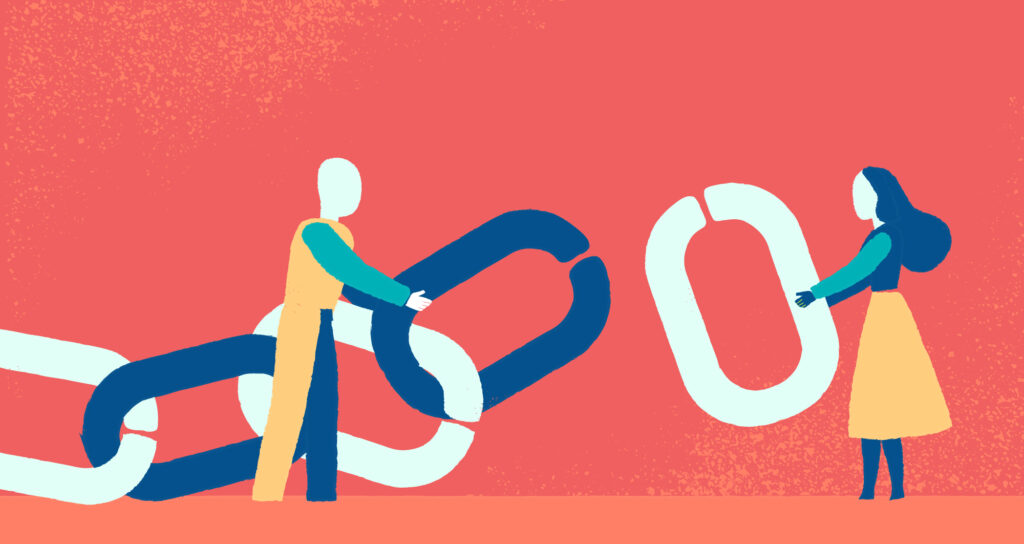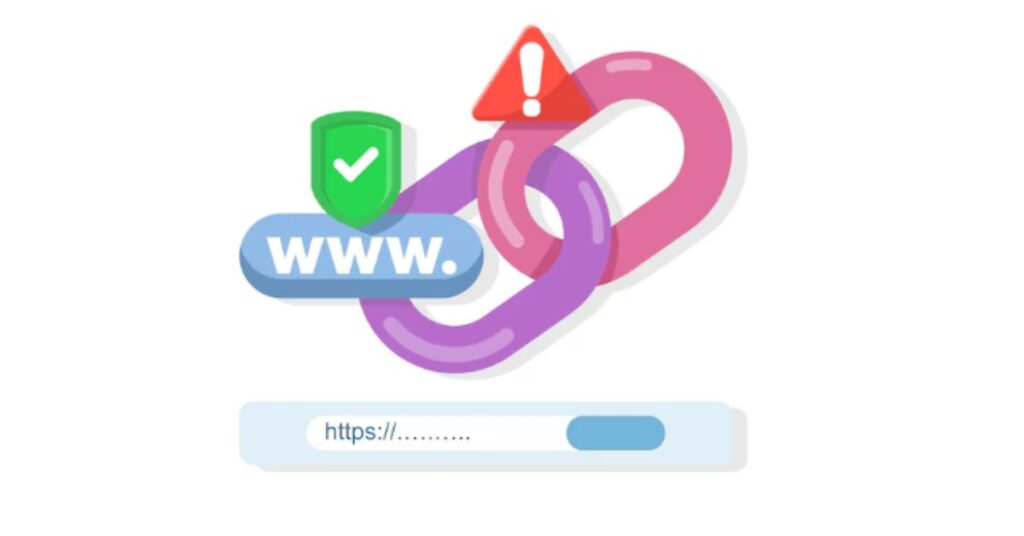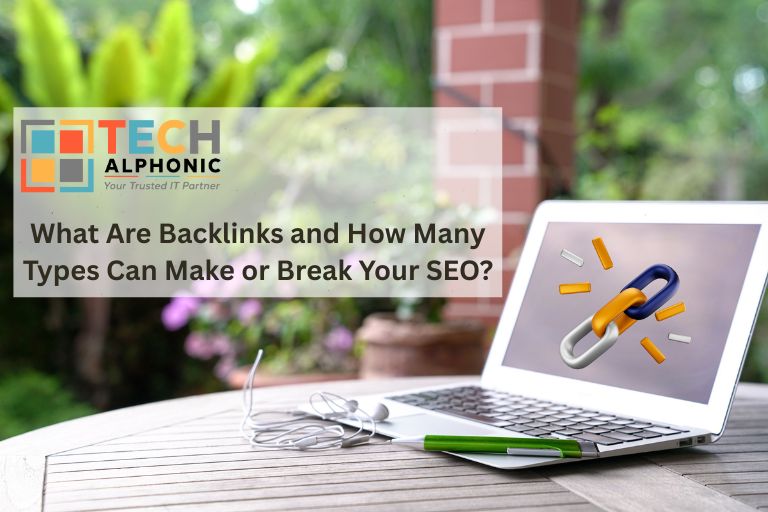If you are well acquainted with the very intricate world of digital marketing, you would know that backlinks are threads which weave the fabric of your online presence. So just what do you really understand about backlinks, and how do they make all the difference when success in your website is concerned? This comprehensive guide will go into the many-faceted types of backlinks and how they can best be managed. Whether you are a qualified SEO and misdemeanoring expert or an entry student into the new digital option, it is important that one understands backlinks so that the performance of one’s website can be optimized.
What are Backlinks: The Digital Currency of the Internet

Backlinks are defined as inbound links or incoming links, which are hyperlinks from one website to another. In essence, they serve as endorsements for the content from the website via recognition by the search engines. In other words, when a reliable site links to your content, it gives you a vote of confidence and increases your general authority and visibility in search engine results pages (SERPs).
Not all backlinks, however, are equal, and the effectiveness of a particular backlink typically hinges upon its quality, relevance, and source. In this blog, we’re going to investigate the various types of backlinks, the reasoning behind maintaining a healthy backlink profile, and strategies for effectively managing and removing bad or toxic backlinks.
Backlinks in an SEO Perspective
And for these important reasons, backlinks are known as cornerstones of search engine optimization:
- Improved Search Engine Rankings: In fact, search engines like Google admit to using backlinks as a prime factor in weighting pages. Websites that have the best number of quality backlinks rank higher in search results because such backlinks communicate to the search engines that your content is credible and relevant.
- Diversified Traffic from Referrals: Backlinks can drive traffic directly to your website. When users click on a link from another site, they are directed to your content, increasing your chances of gaining new visitors and potential customers.
- Improved Brand Recognition: Quality backlinks will improve brand visibility. Content linked to reputable sites is exposed to millions of audiences, thereby helping to build name recognition and trust for your brand.
- Fetching Indexing: Searching for new items is done through links on other sites. Crawlers can thus find and index your newly-designed pages faster because other websites link to your site.
- Creating Relationships: Through the acquisition of backlinks, you will have reached out to and perhaps even negotiated with other websites. This also serves to build relationships within which you will find opportunities for partnerships and, even more, collaborations.
Good, Bad, and Ugly: Types of Backlinks
When you summarize, backlinks can be of different types and implications for your SEO strategy. There is, of course, a need for knowledge about the established classification in order to have a robust backlink profile.
1. Dofollow Backlinks

Dofollow backlinks are the type of backlink most commonly associated with backlinks. They are the type of link from which search engines will follow the link and will pass authority from one site to another. This, in effect, adds to your site’s reputation and increases your chances of a higher ranking in search results whenever reputable sites link to your content using a dofollow link.
2. Nofollow Backlinks

What Is No-Follow Backlinks?
Nofollow backlinks come with a rel=”nofollow” attribute in their HTML code. This attribute tells search engines that the link should not be followed or passed any SEO value to the linked page. Thus, although nofollow links do not directly improve your site’s authority, they still can bring traffic and visibility.
What Types of Links Should Be Nofollow?
Nofollow links are applied mainly to:
- User-generated content – Comments on blog and forum posts, where users own the right to produce links.
- Sponsored material – Links contained within paid advertisements or sponsored posts.
- Untrusted resources – Links from sites that do not seem reliable or relevant.
3. Internal Backlinks
Internal backlinks are links to other pages within the same website. They help form a hierarchy of information that is easier for crawlers to understand and for end-users to traverse. Internal linking provides users with a better experience and also benefits the overall overall SEO performance of your site.
4. External Backlinks
External backlinks connect one site to another. These links can either be dofollow or nofollow, and they are important in authorizing and credibility. For example, when linked by reputable sites to your content, search engines can measure that as a trusted source of information from your site.
5. Natural Backlinks
They are the backlinks that are gained organically and are not a result of any of your efforts. Most often, such links come from commendable content that appeals to readers and makes them feel like talking about or linking to your work. Most efficient way to get acquisition of natural links is to create valuable content that is shareable.
6. Manual Backlinks
Manual backlinks are links that you’ve actively sought and added to pages via targeted outreach. This can often include guest blogging, partnerships, or even asking websites to link to your content. These will yield considerable benefits for your SEO effort, albeit have a great deal of effort involved.
7. Bad backlinks
Bad backlinks point to spammy or low-quality websites and have a negative impact on the authority of your site. Such links can be generated from link farms, low-quality directories, or even irrelevant sites. Therefore, it is a must to identify and how to remove bad backlinks to have a healthy backlink profile.
8. Toxic backlinks
Toxic backlinks are links that come from dubious, untrustworthy sources, such as spammy websites, link farms, or with completely irrelevant content. Such links can lead to penalties from search engines; hence, you should know how to remove toxic backlinks.
The Clean-up Quest: Backlink Removal
Now that you have identified bad backlinks leading to your site, you may want to know how to remove them. Here are some tried and true methods:
1. Locate Bad backlinks
Google Search Console, Ahrefs, SEMrush – any of these tools can assess your backlink profile. Among other things, you’re looking for links that come from low-quality sites or have an extremely high spam score. These will usually tell you the quality of your backlinks, as well as some other possible issues.
2. Think about Requesting Removal
Politely write to the webmasters of those bad-linking websites, requesting a removal. Also, give them a reason why you seek removal of the specific link. Quite a lot of webmasters would help when you can clarify what was wrong.
3. Disavow Links
If you’ve found that you cannot contact any webmasters, your next option now is the Google Disavow Tool. It would involve instructing Google to disregard any bad backlinks in evaluating your site as having really not been present. That really grants heavy protection against toxic backlink impacts against your site.
4. Profile Monitoring of Backlinks
Regularly monitor your backlink profile to ensure no new toxic links have appeared. It may save you from a lot of trouble down the road to take a proactive approach. Set alerts or use other monitoring tools to keep an eye on backlinks.
How to Get Rid of Bad backlinks Methodically
A methodical approach is indeed the best way in this case. Here is a stepwise process:
1. Backlink Audit
Conduct a thorough audit to check all backlinks pointing to your website. Quality, not quantity, best defines the use of backlink audit tools. For a detailed checkup of your backlink profile, use either Moz, Ahrefs, or SEMrush.
2. Categorize Links
This way, you have three categories – good links, bad ones, and toxic ones. This will help you have a priority on handling which links to address first. Good links come from respectable sources; on the contrary, bad links might come from low-quality sites.
3. Removal or Disavowal
Ask webmasters to have the bad backlinks removed. For truly toxic ones, disavow them so your site is protected. Speed is of the essence in order to curtail any real damage.
4. Create Quality Links
Acquisition of quality backlinks from authorized sources that would cancel out the ill effects of the bad links should be put in the work. Build remarkable content that others will be linking to and network with outreach with other websites.


